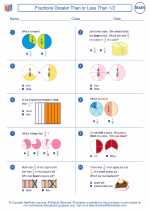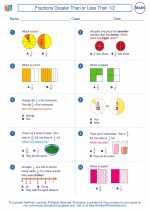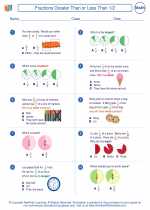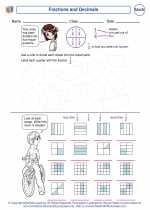Paper Bills
Paper bills, also known as banknotes or paper currency, are physical forms of money that are issued by a government's central bank. They are used as a medium of exchange for goods and services and have a specific denomination printed on them, representing their value.
Features of Paper Bills
1. Denomination: Each paper bill has a specific value, such as $1, $5, $10, $20, $50, or $100.
2. Security features: Modern paper bills are equipped with various security features, such as watermarks, security threads, and holograms, to prevent counterfeiting.
3. Design and symbols: Paper bills often feature the images of historical figures, landmarks, or national symbols that are culturally significant.
Usage of Paper Bills
Paper bills are widely used in everyday transactions, such as shopping, paying bills, and making purchases. They are accepted as legal tender by businesses and individuals, and can be exchanged for goods and services.
Exchange and Replacement
If a paper bill becomes damaged, torn, or worn out, it can be exchanged for a new bill at a bank or financial institution. Central banks also periodically replace old bills with new ones to maintain their quality and security.
Overall, paper bills play a crucial role in the economy as a widely-accepted form of currency, facilitating transactions and serving as a tangible representation of value.
[Paper Bills] Related Worksheets and Study Guides:
.◂Math Worksheets and Study Guides Second Grade. Fractions Greater Than or Less Than 1/2

 Worksheet/Answer key
Worksheet/Answer key
 Worksheet/Answer key
Worksheet/Answer key
 Worksheet/Answer key
Worksheet/Answer key
 Worksheet/Answer key
Worksheet/Answer key
 Worksheet/Answer key
Worksheet/Answer key
 Vocabulary/Answer key
Vocabulary/Answer key
